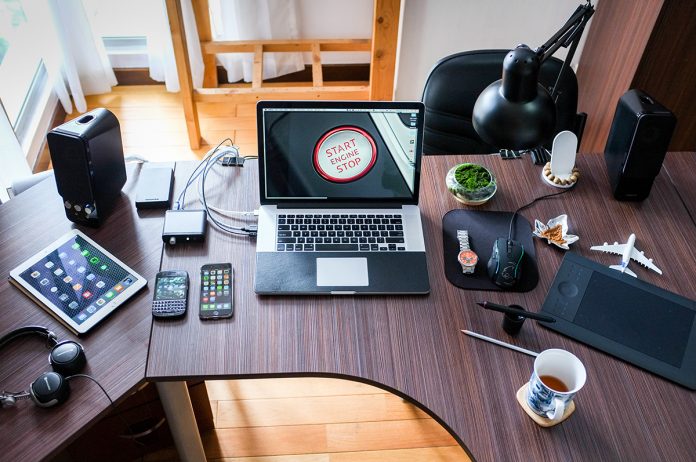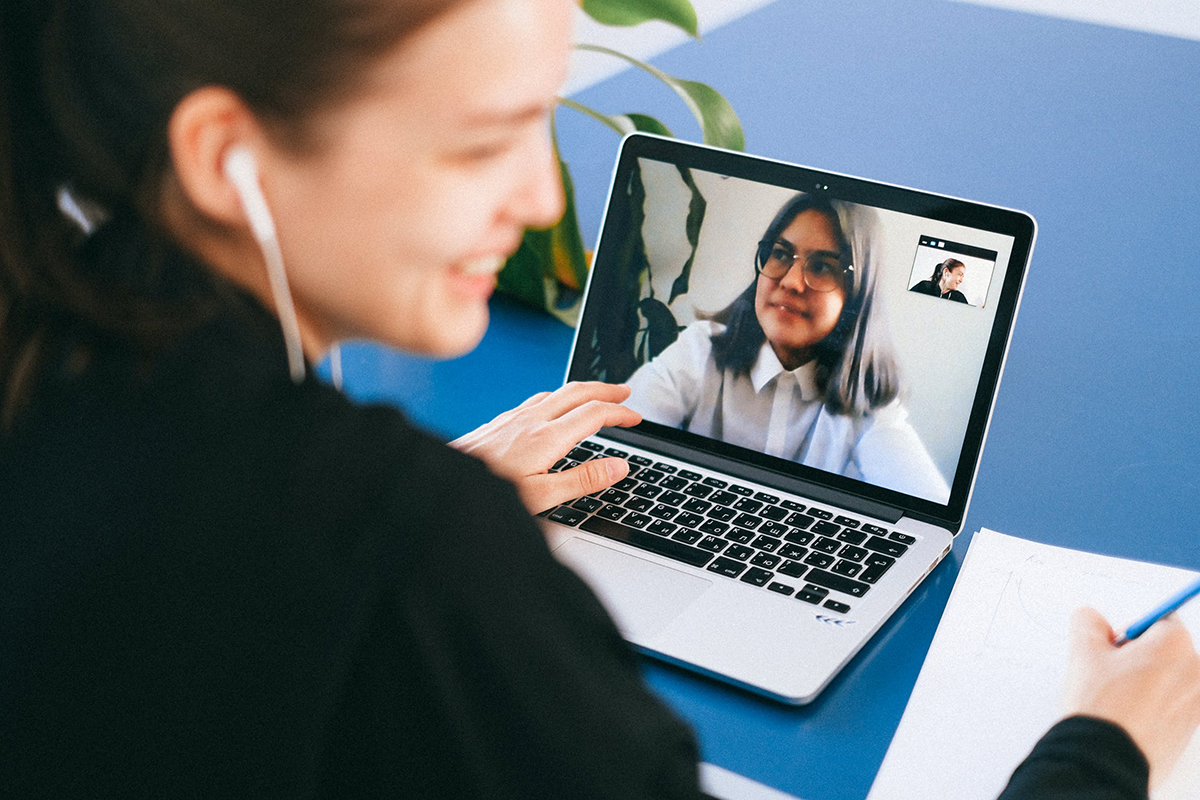Gaurav Malhotra, Chief Technology Officer at MSC Digital, discusses the logical next steps to continue your digital journey to ensure agility, engagement, and productivity for whatever the post COVID-19 “new normal” turns out to be
The current COVID-19 emergency has forced most organisations, businesses, and individuals to examine the way they work and interact.
The need to isolate our people for their safety, whilst continuing to operate effectively and efficiently, has brought into sharp focus the need for staff to have access to the technology, information and digital services they need to do their job from any geographic location.
As a reaction to this enforced period of remote working, government departments and public-sector organisations have looked for ways to at least maintain, but preferably also improve, their business capability, embracing modern digital collaboration tools (such as Office 365, Google G Suite and Dropbox) and online video and teleconferencing solutions (such as Zoom, MS Teams and Google Meet).
By implementing new digital services to meet the needs of their newly mobile workforce, organisations have advanced, or in some cases, just begun their digital transformation journey almost without realising it.
As McKinsey Digital recently noted; “digital has become central to every interaction, forcing both organisations and individuals further up the adoption curve almost overnight.”
Technology transformation, not technology integration
As lockdown restrictions ease and some staff begin to return to their offices, it would be tempting to simply integrate the new digital services with the rigid legacy design of that same physical infrastructure which was largely unable to meet the needs of a remote workforce.
However, this recent glimpse of the “art of the possible” presents a once-in-a-lifetime opportunity to continue your digital and technology transformation and incorporate your new services into an overall cloud strategy.
Recent figures revealed in Parliamentary Questions which show the percentage of staff from each department who have been able to work from home directly mirror each department’s commitment to, and investment in, the governments cloud-first strategy.
The limitations of traditional on-premise infrastructure – with physical data centres full of racks of server hardware accessed via VPNs, physical firewalls and “walled garden” networking – reduces rather than enables the efficacy of a remote workforce.
The logical next step beyond Zoom, Teams and Dropbox is to tie them all together with cloud-native identity, device management, assured connectivity and security solutions all consumed as a service.
Design around services, not pieces of infrastructure, hardware, or projects. Make everything as simple as you can and remove any geographic constraints or reliance on physical locations.
Take a modular approach and look for flexible and adaptable services that will let you change individual parts as necessary without having to transform a whole system.
Focus on your endpoints, not the transport mechanism and remember; the internet is not just OK; it is the only network you will ever need.
The new normal?
However the global response to COVID-19 plays out, experts agree that a “new normal” will emerge, with Gartner predicting that “the vast majority of organisations will implement remote work as work-as-usual for certain types of jobs, either fully or partially.”
Provided the work is being performed at OFFICIAL, there is really no reason in 2020 why most public servants cannot access all the technology and information they need from any internet-connected location.
Very few components are required to ensure your staff can continue to work from almost any location – a wireless device, internet connectivity and a bunch of loosely coupled cloud services. The two key areas to focus on are Endpoint Management (UEM/MDM) and Identity and Access Management (IDAM). Add cloud hosting for digital services, data, and applications to your productivity tools (O365 or G Suite) and your digital communications tools (Teams, Zoom, Meet) and your transformation has truly begun.
For security, a centralised Security Incident and Event Management (SIEM) service can be procured, providing a single pane of glass view (for real-time monitoring) and a greater ability to perform forensic auditing, health checks and ‘what if?’ scenarios against the technology platform. In addition, cloud services can provide automation of OS and security updates, software patching, etc. – a common headache for security professionals in the technology sector.
Your users are already in the cloud. In their non-work world, they are mobile and always connected and for them this kind of tech environment is the norm. Think Uber, Netflix, Airbnb and Deliveroo.
By embracing the new approach that many public sector organisations have already begun to take, and making a conscious decision to never go back, you will realise the benefits these changes offer: in delivering your services; providing maximum flexibility to your workforce; and ensuring agility, engagement and productivity whatever the “new normal” turns out to be.
How we can help
MSC Digital is an independent organisation formed specifically to assist HMG and the UK Public Sector with cloud and digital technology transformation.
The government technology environments we have built and transformed over the last six years all provided users with access to the department’s technology, information, and digital services from any internet-connected location.
If you feel we can assist you in your next steps to the new normal, you can find us on G-Cloud 11 in the Digital Marketplace under Lot 3 – Cloud Support and on the CCS Digital Outcomes and Specialists 4 (DOS4) Framework. Or contact us at info@mscdigital.co.uk for an obligation-free discussion.
Please note: This is a commercial profile












